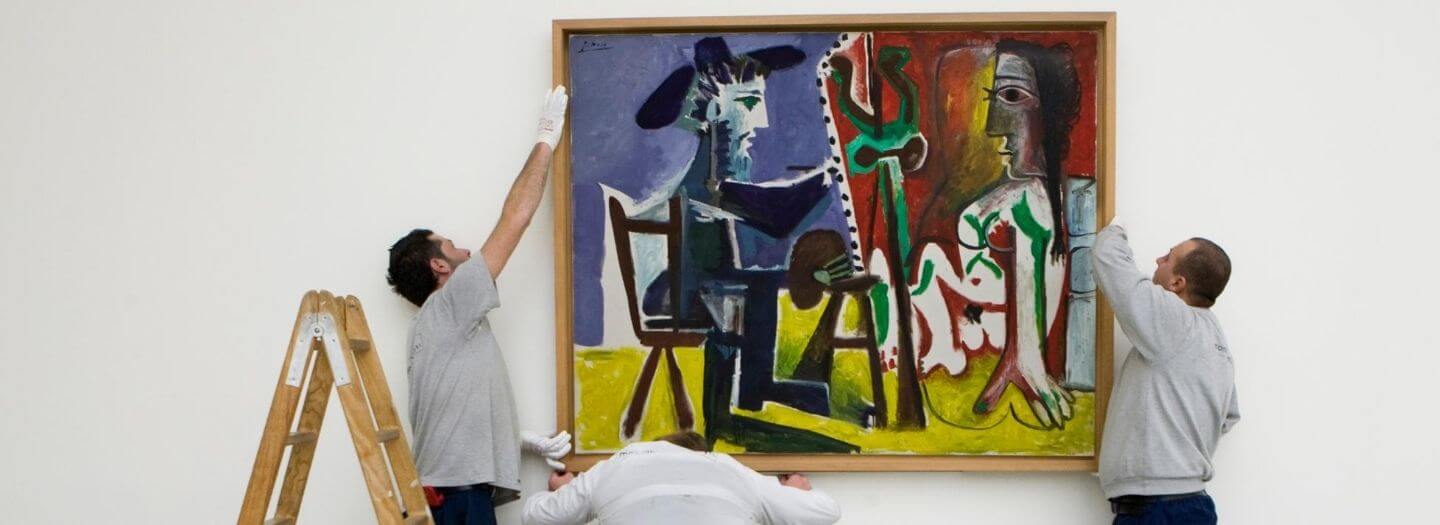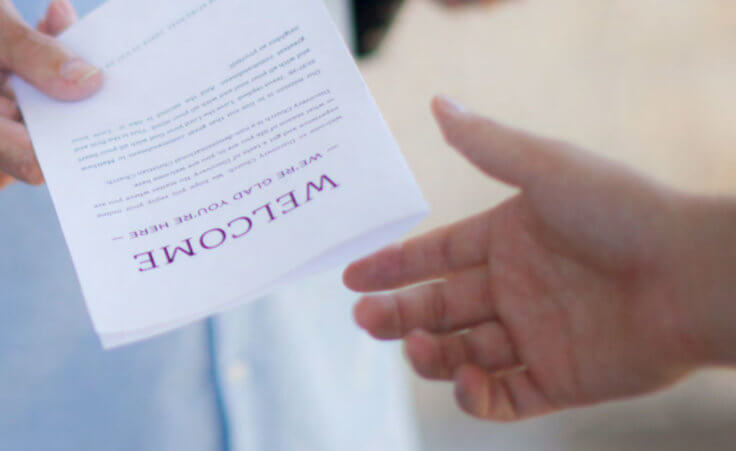
Members of the Reina Sofia Museum crew hang up a Picasso painting before his new exhibition in Madrid, Wednesday, Jan. 30, 2008.
Imagine studying one of Pablo Picasso’s most famous paintings only to discover more artwork by the famed artist beneath it.
That’s what happened when a team from the Art Institute of Chicago used X-ray and infrared imaging to better understand Picasso’s use of paint layering. To their surprise, they found a hidden drawing of “a pitcher, a mug, [and] a rectangular object that may be a newspaper” propped up on what seems to be a chair seat or a tabletop.
The article states that Picasso often painted over previous works of art, but he usually incorporated the old work into the new work. In this case, he blocked out the drawing using a thick white layer of paint before creating the abstract piece known to the world as “Still Life.”
This unusual discovery functions as a cultural parable: what the world sees is not all there is.
Our society can be characterized by three adjectives: secular, materialistic, and existentialist. I do not mean these to be pejorative but descriptive terms. Our culture is secular in that its orientation and measure of success is located in this world rather than the next. It is materialistic in that it defines success in material terms—how much we earn, what we wear and own, how we look, and so on. It is existentialist in that it centers on the individual’s existence (in contrast to collective or communitarian worldviews in some Eastern cultures).
As a result, we are convinced that “seeing is believing.” What we as individuals see in the world in materialistic terms is what is. Perception is reality, or so we’re told.
How Jesus can make us like Jesus
Our Creator has a different perspective.
When Samuel was sent to anoint the next king of Israel, he met the oldest son of Jesse and was impressed on secular, materialistic, and existential grounds (1 Samuel 16:6). However, “the Lord said to Samuel, ‘Do not look on his appearance or on the height of his stature, because I have rejected him. For the Lord sees not as man sees: man looks on the outward appearance, but the Lord looks on the heart'” (v. 7).
The world sees what we do, but God sees why we do what we do. The world hears our words, but the Lord hears our thoughts. The world measures our actions, but the Lord measures our attitudes. And his goal is that we be “conformed to the image of his Son” in every dimension of our lives (Romans 8:29).
Here’s the good news: Jesus will help us become more like Jesus.
Oswald Chambers observed: “Sanctification means the impartation of the holy qualities of Jesus Christ. It is his patience, his love, his holiness, his faith, his purity, his godliness, that is manifested in and through every sanctified soul. Sanctification is not drawing from Jesus the power to be holy; it is drawing from Jesus the holiness that was manifested in him, and he manifests it in me. Sanctification is an impartation, not an imitation.”
Would you make time right now to ask Jesus to make you more like himself? Then would you do whatever he leads you to do to partner with him in this holiest of all endeavors?
We may see the painting on the surface, but Jesus will be creating the painting beneath it. And what he paints will be a masterpiece for all time.












